PainMany of us have pain and try to get it treated somehow or rather. We seek Physiotherapists and then they get you to move in a specific detailed manner, gives you home work to do and you go off doing it for a week or so then recover and you decide not to do it anymore. Some of you find a personal trainer to get back into shape as there is pain caused from the lower back due to the weight that you are carrying from being overweight and sedentary. Some might even go to the Chiropractors to get treatment which is going to help them rid of pain by adjusting you into alignment, go for a few session, get better and then go missing, only to come back again after few months for the same pain that you felt when you first sought out these experts to treat your pain. While some of us may take a DIY approach to our management of pain, we all have pain and we deal with it differently let alone react to the treatment. Sounds awfully familiar doesn't it. Nothing is wrong with any of the choices you make however what you do after may be putting yourself in high risk of re-injuring yourself. I pray that you will stay with me after this sentence, you healed poorly. I know, i used the word, healed(past tense), but the process of healing take one missing link, just a small one, ok maybe two. Still with me i see, good. I will give an example here. Case study example Its the weekend off from the office! You’re playing soccer and you fall down forward and to break the fall you put your hands out and land on your wrist. Sure you get up and play again and nothing happens after 30-40 minutes after the game stops. Its feels sore but eventually you just shrug it off and let it recover like the good old times. The fews week later you start having pain in your shoulders, you see the GP and eventually he gives you anti-inflammatory medication and said to come back if it doesn’t heal. Sure enough it healed and the quality of life returned to normal. You start kiting weights regularly and then few months later, you have a shoulder pain! AGAIN! Your quality of life plummeted downhill as you can’t even lift your arms to put on a tee shirt. This is the best part yet, you think the gym sessions might have contributed to the shoulder pain and you see a Physiotherapist, Chiropractor, Osteopath or whoever and they all take the case the same way. They mobilize and massage your shoulder, asks of you to do some exercises and see them few times a week. Three weeks passes by with combined effort from therapist and yourself. You're waaay better, quality of life seems to be right on track, not exactly the best in range of motion but at least without pain. You go to the gym and try to stretch it out and get some rehab work done after doing some heavy research on google about stretching and increasing range of motion for shoulders. You seem to be on track and somehow in the week to start feeling a tingling sensation in your shoulder blades. That tingling or small pulses of localised sensation is what we call a trigger point. Sure it has something to do with it but however in this case, it isn’t. Let’s revisit the time when you fell on your wrist during that soccer match. You had a big fall on your wrist did nothing to let it heal properly and it has since then tightened up causing a pull on other distal part of your wrist, with the obvious ones being the elbows and towards the shoulders. This small incident that you thought nothing of has caused pain onto your shoulders and its all very well connected, just like the song “hip bone connected to the thigh bone, the thigh bone connected to.."Fascia as we’re discovering today, is slowly showing light to how we see referred pain and the direction of assessment towards the body(1). So when you have pain look elsewhere and think about what could have lead the pain there and what seems to be tightening up so much that its causing pain where you are feeling it. It’s due to poor healing process as well as there wasn’t enough inflammation and the process did not take the full cycle. By now after reading this small case study, come to realize that pain doesn't happen overnight or because of your current activities that you picked up recently, it may trace back to something that already has been healed, but poorly healed. Fascial connectionsWhen we have adhesions or thickening of the fascia layers, it becomes inherently obvious that it would restrict some movements thus affecting other areas of the chain along the body(3). Use the fabric of your tee for instance and try this. Pinch your top right side of the top that you are wearing now and then give it a twist, look at how lines are created by that itself. That illustration takes you to the point that if you had an operation, a fall, repeated trauma through sports(direct or indirect) etc, that your body will change its structure to maintain the integrity of the area so that it doesn’t get injured. However in the process of thickening, the connective tissues themselves do not come in a manual to tell them to layer nicely or in a certain direction. The body possess in itself a fabulous system which it allows to heal almost anything via mechanical stimuli or self directed healing (mind/ placebo). In this case, we look at how to ensure that we have less of those build up of tissue through the increased line of tension, be it from bad postural habits, sports, injuries, over use (repetitive strained injuries) and even sedentary lifestyle. Find yourself a gua sha (pic 2.1) or an IASTM to start this process of healing the body. Next you will need an emollient, oil (coconut, oilive etc) or shea butter to help you glide the tool on your skin and not cause any skin irritation. As you would do to stroke your own arm, you apply the cream or emollient onto your skin, glide the tools and make sure the strokes are all towards your armpits. If you are doing your lower body, glide the tool towards your inner thighs. Make sure that you apply enough pressure but not too much, just as you are stroking yourself or a cat in this instance. Ensure that you do not over do it as it may then cause bruising the next day (that is how you know you're doing too much). You can even do it in the shower to help exfoliate and clear some fibrotic tissue build up in your body! If you do have pain, think of the painful area as holding stagnant pool of water and then slowly glide the painful area (stagnant water) into another area, bringing in fresh pool of flowing water into the affected area. Doing so helps nourish your body with flowing blood filled with nutrients and allow you body to keep re-modelling itself. This is really good for general well being and even chronic pains. Frequency and duration? Once a week would be more than enough but if you feel that you can add in more session than twice a week would be the max. Remember, this is only a small part of your healing process away from pain or from pain, you must keep the body moving by exercising! PS: If you tried this and don't see any results in your pain reduction, find someone who has attended our IASTM CLINIC to help you with your chronic pain. References
(1) https://www.ncbi.nlm.nih.gov/pmc/articles/PMC3091422/ Stecco L, Stecco C. Fascial Manipulation Practical Part. Piccin, Padova, Italy, 2009. (2) https://www.ncbi.nlm.nih.gov/pubmed/15922099 http://www.dynamicchiropractic.com/mpacms/dc/article.php?id=55911 |
Archives
March 2024
Categories
All
|
Services |
Company |
|
|
Integrated Training Institute
|
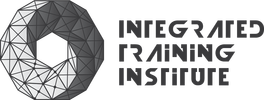
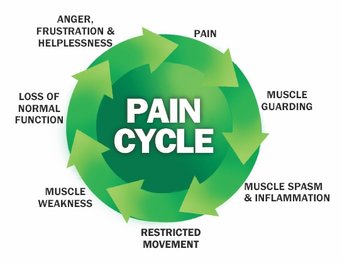
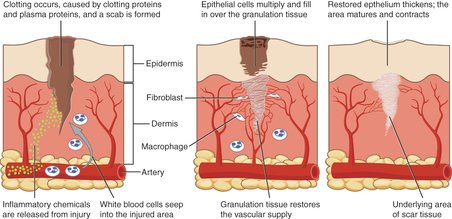
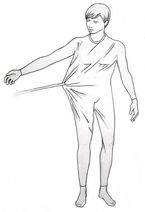
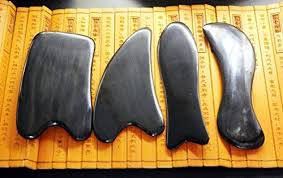
 RSS Feed
RSS Feed